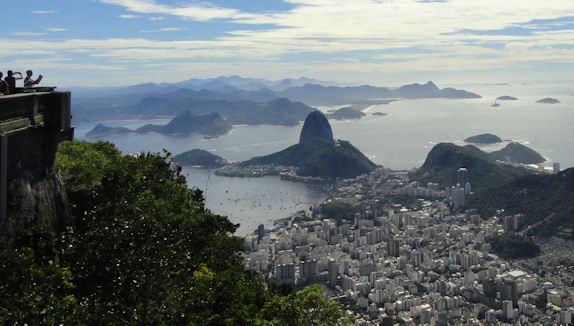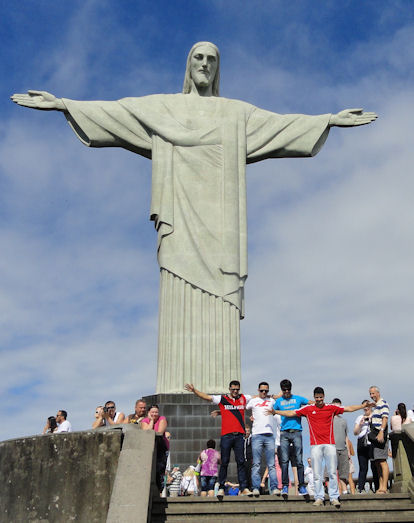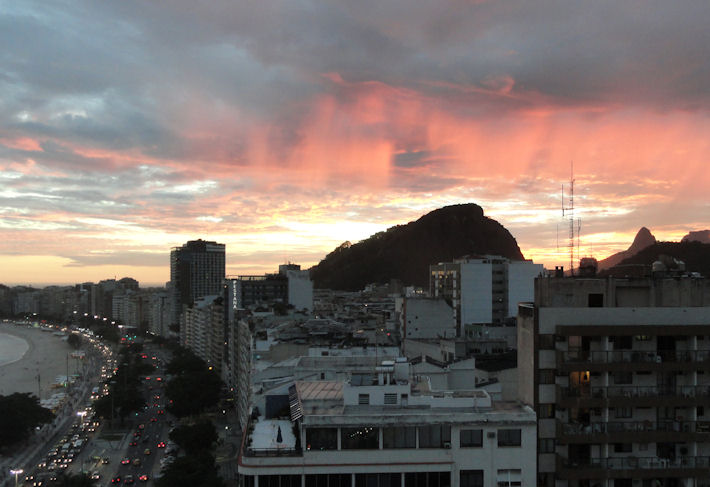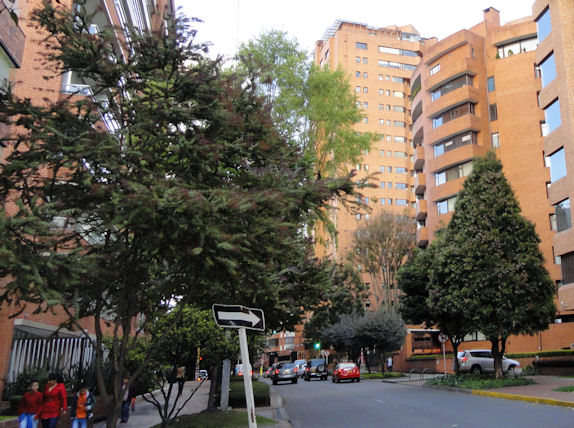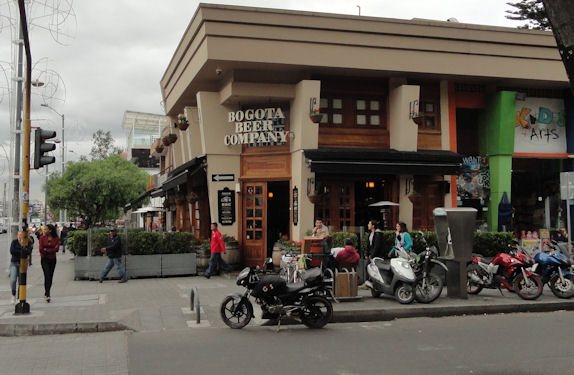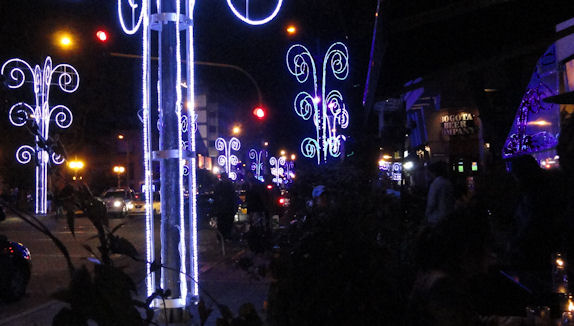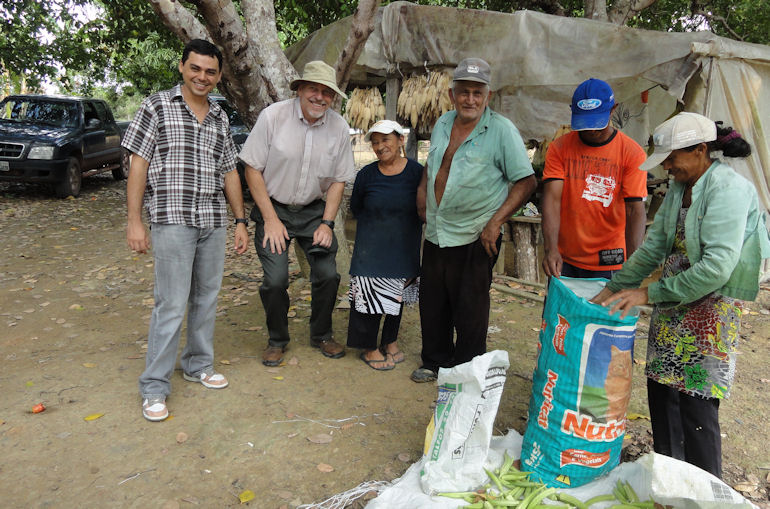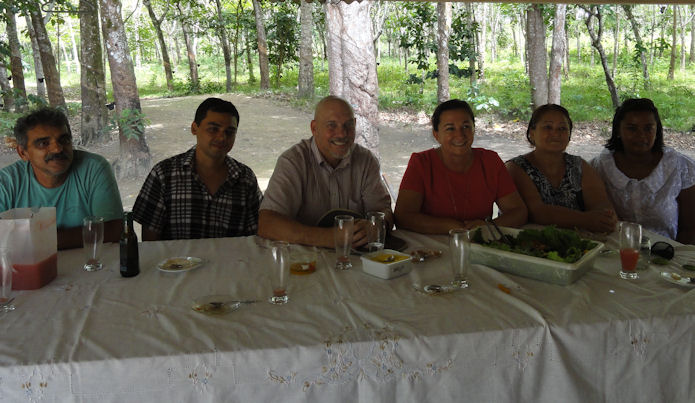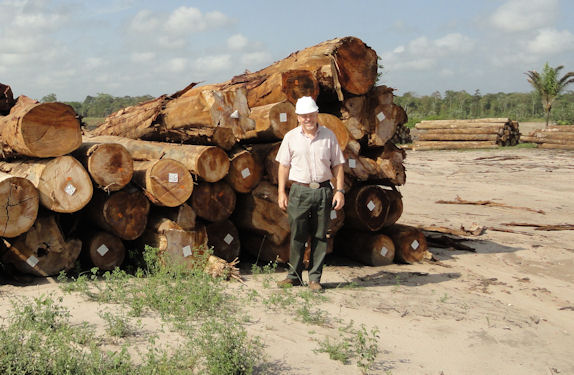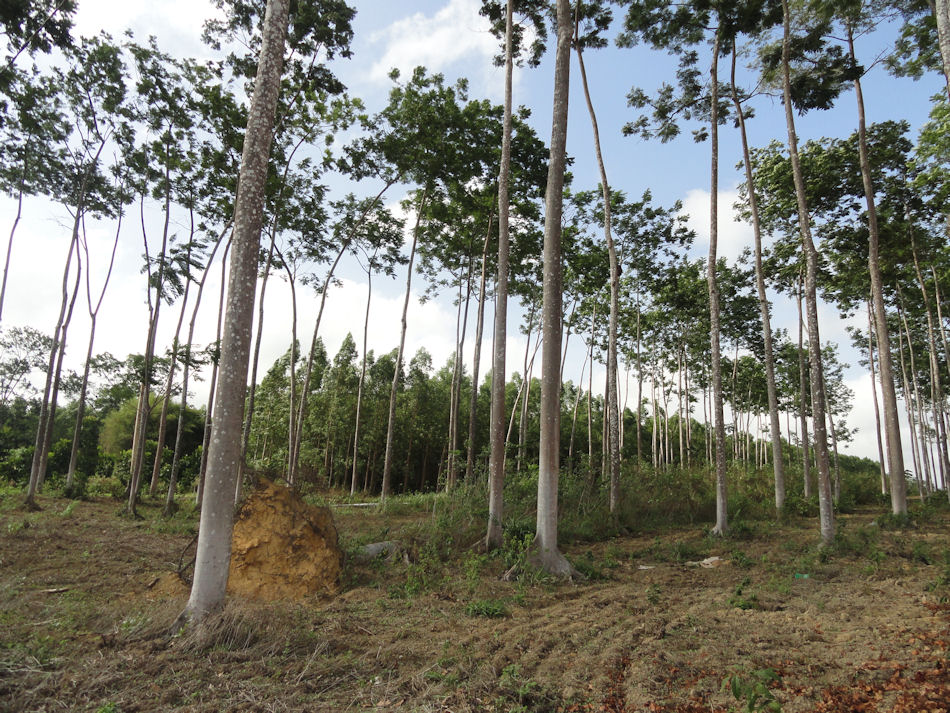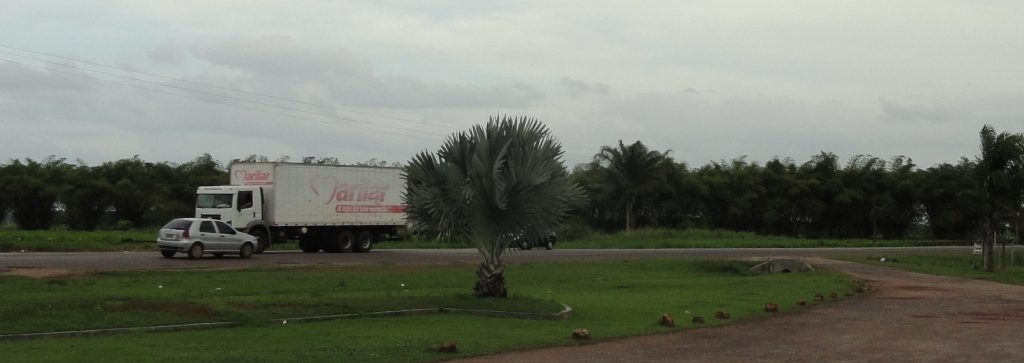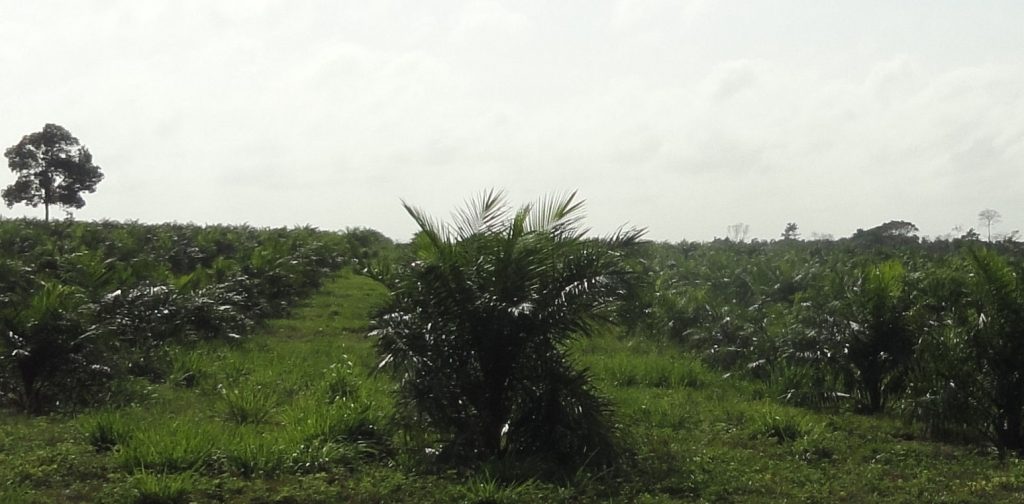
I walked from the Renaissance Hotel to the Fulbright venue. It was a little more than three miles, which is a fair distance but not too far if you are doing it in the morning before it gets too hot and when it is not raining. Like all big cities, São Paulo is really a patchwork of smaller ones. Some are unattractive and dangerous, but the area around the original center, Jardims where the hotel is located, is green and pleasant. This part is pedestrian friendly. Well, maybe robust pedestrian friendly. There are lots of obstacles on the sidewalks, sometimes missing pavement or steep steps. You get used to the constant traffic that flows by as you walk. The sounds merge into a kind of constant rush and it gets to be like walking on the banks of a river. I prefer to walk whenever I practical. It makes the journey more like an adventure. If you sit in a taxi, you notice only the starts and stops of the traffic. I can only imagine how stressful it must be to drive. I have never driven in São Paulo and hope never to have that dubious pleasure.
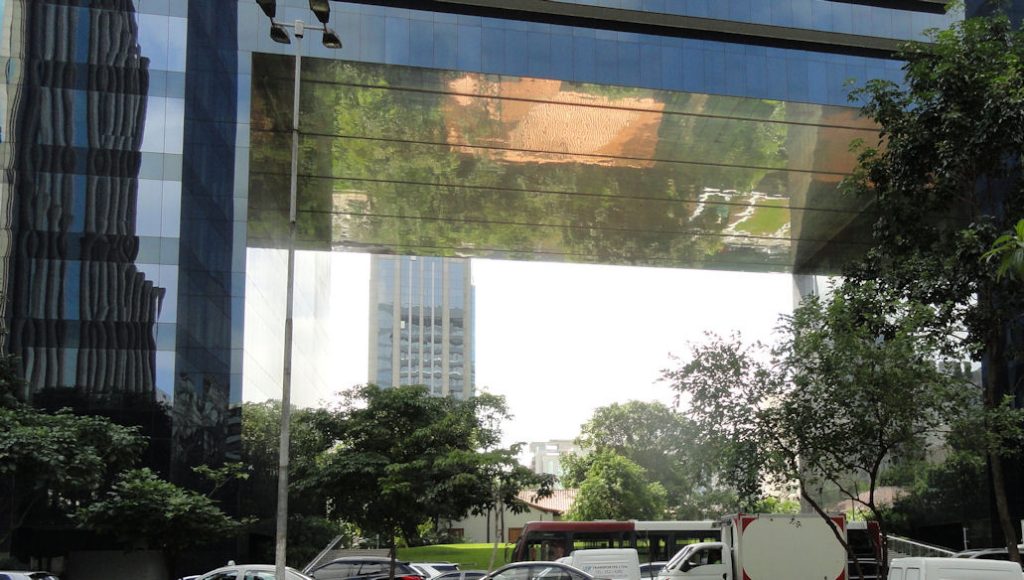
I usually listen to my I-pod when I walk. I have finished lots of audio-books that way and I like the Great Courses series. These are perfect for walking, since they consist of lectures 30-45 minutes long, a good span for a walk or commute. This time I was listening to a one about “Heroes of Literature.” There were no profound new insights, but I thought a little. The lecture “hero” was Winston Smith from “1984.” He is not much of a hero in the sense that he is frightened all the time, ends up betraying his ideals and in the end is just hopeless. Maybe the better term would be protagonist, but the author says he is a hero because he wants to seek and know the truth. Even if he ends badly, it is a tribute to the human spirit.
“1984” was and remains a depressing book. We don’t think as much about it since communism collapsed, but maybe we should. Tyranny did not end with the fall of the Berlin Wall. North Korea must be about as oppressive as the Orwellian world. The key about “1984” is that they control not only behavior but thought.
The author mentions a part of the book where the authorities are raising hate against one of the State’s enemies. In the middle of the oration, word comes that the State has made a treaty with the former enemy and now a former ally is the enemy. W/o stopping to think, the people just change the object of their hate. This is called “Doublethink” by the state. Essentially it means that you believe what the state says w/o thinking about the contradictions.
If this seems unbelievable, the author says that Orwell had witnessed it in real life. British communists opposed the Nazis until Hitler made a deal with Stalin. After that, they stopped opposing Hitler even though “their” country was at war with him. When Hitler invaded the Soviet Union, they quickly again became enemies of Hitler. Orwell was evidently surprised at how people who otherwise seemed intelligent could just ignore their own memories and experience.
Anyway, nice walk in a nice day in São Paulo listening to an interesting lecture about a book that I don’t think I actually ever read. I know all about it and I bet I could pass a test on it, but I cannot actually recall reading it. I think that is true of many “classics.” They become classics precisely because everybody can refer to them and is influenced by them, even those w/o personal experience. Maybe that is Orwellian. I do recall reading “Animal Farm” and a short story about shooting an Elephant, so I have read some of Orwell’s stuff.


